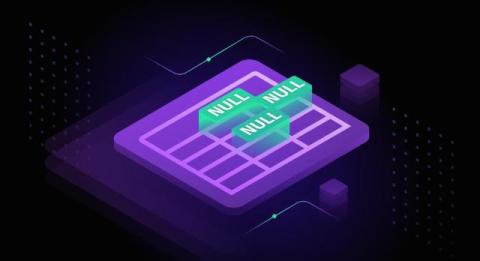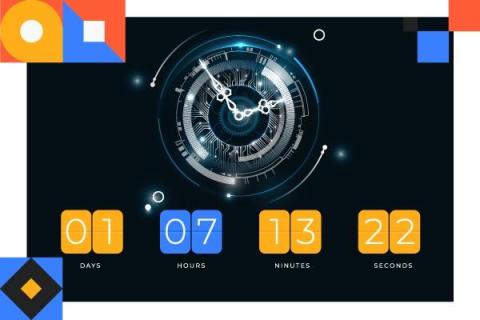LLM Testing in 2025: Methods and Strategies
Large Language Models, or LLMs, have become a near-ubiquitous technology in recent years. Promising the ability to generate human-like content with simple and direct prompts, LLMs have been integrated across a diverse array of systems, purposes, and functions, including content generation, image identification and curation, and even heuristics-based performance testing for APIs and other software components.











